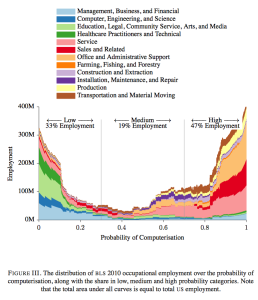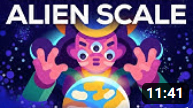Peter Lobner
Authors Leon A. Gatys, Alexander S. Ecker, and Matthias Bethge published the subject research paper on 26 Aug 2015 to, “Introduce an artificial system based on a Deep Neural Network that creates artistic images of high perceptual quality.”
Convolutional Neural Networks are a class of Deep Neural Network that is very powerful and well suited for image processing tasks. Common usage is in object and facial recognition systems. The authors explain how their neural algorithm works in a Convolutional Neural Network to independently capture content and style in a composite image that represents the content of an original image in a style derived from an arbitrarily selected second image. The authors state that: “The key finding of this paper is that the representations of content and style in the Convolutional Neural Network are separable. That is, we can manipulate both representations independently to produce new, perceptually meaningful images.”
In their paper, the authors selected the following photo to define the image content.
Two examples of the image selected to define the style, and the resulting final image created by the neural algorithm are shown below.
Style derived from The Starry Night by Vincent van Gogh, 1889.
Style derived from Der Schrei by Edvard Munch, 1893
I find these results to be simply amazing in terms of their artistic composition and their effective implementation of the selected style.
It probably is premature, but I hope there soon will be a reasonably priced app for this to runs on a Mac or PC. I would buy that app in a heartbeat.
You can download the full paper, which includes all of the examples shown above, from the Cornell University Library at the following link:





















